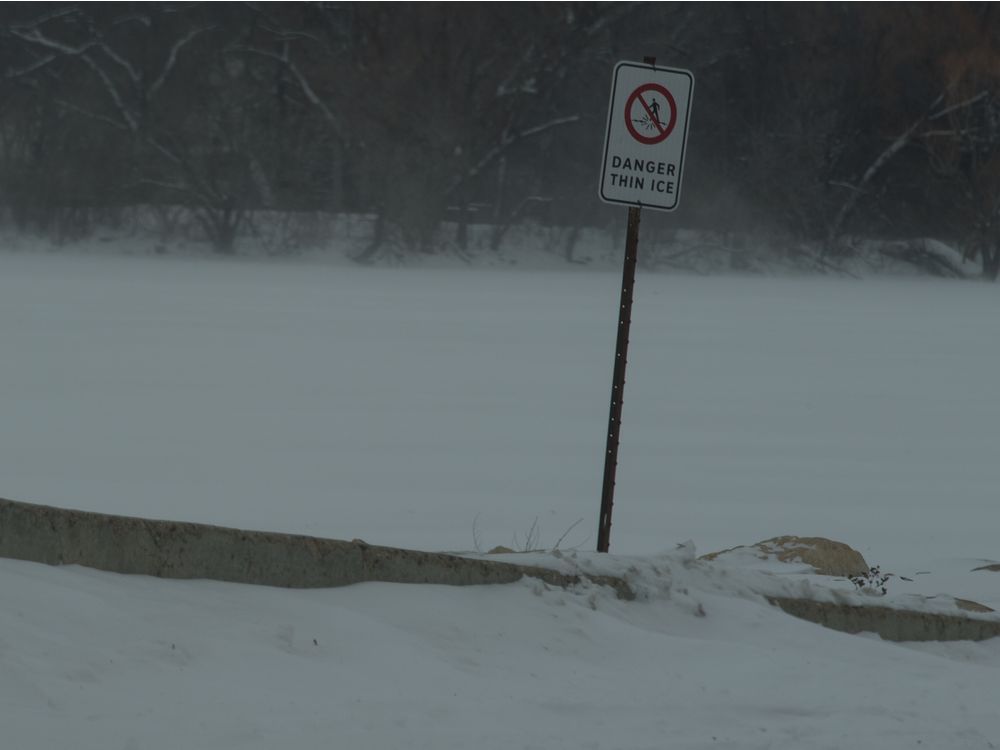once winter hits, it tends to feel kind of endless. just like being trapped inside a snow globe — pretty and magical in theory, but dark and desolate in reality. (and also probably very cold.) this current one, in particular, feels longer than ever. while we can partly blame this oh-so-blah feeling on a deadly virus that just won’t quit, the fact that we are also seeing fewer hours of sunlight each day is not helping the sensation that darkness is, literally, closing in.pandemic not withstanding, feeling depressed is common during winter months, and affects millions of people worldwide. in fact, there’s a diagnosis for it: seasonal affective disorder (which has the suitable acronym of “sad”). or, in much quainter terms, the “winter blues.” in canada, about
15 per cent of all cases of depression can be tied to the disorder.the concept of sad was coined only recently, in 1982, by south african doctor norman e. rosenthal. he
studied the effects of light at the u.s.-based national institute of mental health after noticing himself falling into a depression when fall began, and then brightening when spring arrived.as ever, medicine is a crowded science, and rosenthal isn’t entirely to thank. light therapy has been around for centuries. in the middle ages, according to the
u.s. national library of medicine, it was thought to help “re-balance the four humours.” those four being blood, yellow bile, black bile and phlegm, all of which were believed to be directly linked to human emotions. in ancient greece, exposure to light was considered the key to good health and, in ancient egypt, special temples were built specifically for healing in the daylight. sun therapy was also common in ancient chinese and hindu medicine. it’s partly why, in many cultures around the world, the sun is often considered a god-like entity. as a certain persian proverb goes, “when you shut out the sun from coming through the window, the doctor comes at the door.” chilling!in a recent
msu today interview, hanne hoffmann, assistant professor at michigan state university and head of the hoffmann lab where she studies how light regulates our physiology, explained the actual science behind it all.“light matters because it boosts your mood and energy,” she said. “to regulate your mood and physiology, light-sensing cells send light information to the brain through the optic nerve in your eye. from here, neurons in the brain further relay the light information to regulate mood and hormone release, changing physiological functions depending on the season of the year. … evidence supports that light can regulate the mood-enhancing neurotransmitter serotonin as well as the sleep-promoting hormone melatonin.”in other words, this is why most people tend to feel more energetic and positive in the summertime when they’re exposed to more natural light. and why, in the fall and winter, most can’t maintain the “feeling happy” brain signals, says hoffmann.fortunately, over time, we learned that sunlight
and electric light can have therapeutic effects on many ailments, including rickets,
psoriasis, vitiligo, fungal infections, eczema and sleep disorders. useful in various fields of health, including dermatology, neurology and physiotherapy, light therapy was once split into
two branches: heliotherapy (through the sun, a.k.a. “helios”) and phototherapy (through artificial light). the latter came about because sunlight isn’t exactly something we all have abundant access to at all times of the night and day, and so it works by essentially mimicking the effects of the sun.the
most crucial discovery, however, came when danish physician niels ryberg finsen learned that rays from the sun can stimulate tissue health, for example, by inducing the production of
vitamin d. it led him to create an ultraviolet lamp that we now refer to as “the finsen lamp.” through its use of light radiation and its ability to concentrate on parts of the body where needed, it was most effective in the treatment of skin tuberculosis (“lupus vulgaris”), handily earning finsen the 1903 nobel prize in medicine and physiology.as for the much cooler sounding heliotherapy, if you’ve ever happened upon a morose paperback set in a glum version of the 1920s and 1930s where the sick spend a lot of time on their sun decks, this is why. sun therapy was all the rage during this time, especially in europe, where sanatoriums — medical facilities for long-term illnesses — were quite common. one of the more notorious ones dedicated to tuberculosis patients was the elaborate
paimio sanatorium, built in 1933 and designed by award-winning architect alvar aalto. it featured sun balconies and a rooftop terrace where patients would lie all day in bed or on speciality chairs called, what else, but “the paimio chair.” never had recovery been more glamorous.arnold rikli, a swiss natural healer, opened a sanatorium in slovenia, where was he became
one of the first to seriously use heliotherapy in the treatment of tuberculosis. residents were subjected to regimented healing
lifestyle that consisted of rising at 5 a.m. to go for a walk, steam baths alternated with cold baths using water from nearby springs, and sunbathing — nude.this is also around the time when “sun lamps” started to become a thing, emitting focused ultraviolet rays to treat circulatory diseases, anemia, varicose veins, heart disease, etc.cut all the way forward to the 1980s — and the evolution of medicine and light processes — when rosenthal was studying the “anti-depressant effect” of light on patients living with sad. this marked an official shift from heliotherapy to uv phototherapy and gave birth to “
light boxes,” a new, advanced kind of sun lamp equipped with powerful light bulbs that produce brighter light than your average desk or night lamp. they provide a light intensity from 2000 to 10,000 lux — the amount of light that falls on a surface — as compared to a candle, which emits an intensity of about 1 lux, an office’s 300 lux, a cloudy day’s 2,000 lux, and a sunny beach day’s 100,000 lux.
the amount of light used can vary between people, is meant to be held 12 inches from your face, and should not be gazed at directly. in a move that the ancient greeks would appreciate, think of it as your sun. the general rule, says hoffmann, is to “imitate the natural light cycle of the outdoors” by opting for bright light during the day and dimmer light in the evening.today, these devices are often dubbed “sad lamps,” and have become so common that mini and portable versions are now available, along with light therapy glasses. light therapy itself is now essential treatment when it comes to sad, with
60 to 80 per cent of patients having found success through it and using it anywhere from 30 to 90 minutes a day.
sadaf ahsan is a toronto-based culture writer, editor and stereotypical middle child. she can be reached here.don’t miss the latest on covid-19, reopening and life. subscribe to healthing’s daily newsletter covid life.
 5 minute read
5 minute read



